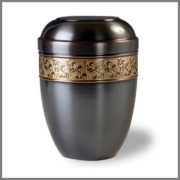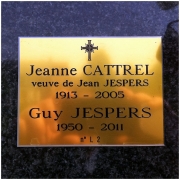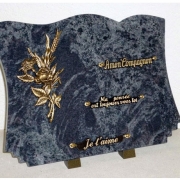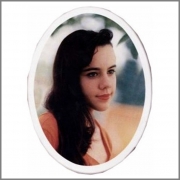Cremation
Cremation is a funeral technique in which the body of a deceased human being is burnt and reduced to ashes. The ashes can then be part of a ritual, or kept in an urn or scattered somewhere which can sometimes be symbolic, such as at sea.
In Belgium, legislation has regulated cremation since the law of 23 March 1932 on the optional incineration of human bodies. This law was published in the Moniteur Belge (the Belgian Official Journal) on 2 April 1932. This was the first step.
From an administrative point of view, anyone can express a choice by clearly and unambiguously mentioning one of the terms below:
– burial of mortal remains,
– cremation followed by scattering of the ashes on the scattering lawn at the cemetery,
– cremation followed by immersion of the ashes in Belgian territorial waters,
– cremation followed by burial of the ashes in the cemetery,
– cremation followed by the ashes being placed in the cemetery’s columbarium or urn fields.
– cremation followed by scattering of the ashes in a location other than the cemetery,
– cremation followed by the ashes being kept in a location other than the cemetery.
This declaration will be recorded clearly and unambiguously on the register of births, marriages and deaths.
Urn holder
There are various options for keeping the deceased’s ashes. When the ashes are taken home, it is possible to place the cinerary urn in an urn holder. Various models are available. We have a wide selection available in our shop.
Reliquary – a receptacle for ashes
If the family does not wish to keep the urn at home, they can choose to have some of the ashes placed in a pendant or a reliquary. Here too, you can choose from a wide range of options.
Commemorative plaque and photo
Each cemetery offers the possibility to place a commemorative plaque accompanied by a photo if desired, or a small vase designed to hold a few flowers. We offer several styles in gold or silver plated aluminium, according to the obligations decreed by the municipalities. The formats are also different, and always comply with the various municipal regulations.
Burial
The ceremony, the placing of the coffin in the ground and different choices which accompany the burial are major steps in the grieving process. Ceremonies vary according to customs and religious choices and mainly depend on the wishes of the deceased or his/her family.
The deceased may be buried in a plot in the municipality where he/she lived, or in another municipality where he/she has a family plot. Each municipality has the duty to provide a grave for a usual duration of five years for any deceased person who died in the municipality, free of charge. In this case it is not obligatory to decorate a grave with a gravestone. Only a provisional notice indicating the deceased’s first name and surname is required.
Municipalities also offer other options, which must be paid for:
Depending on the municipality, burial plots for 10, 15, 25, 30 or 50 years are offered at rates varying between €200 and €3,500. There is also the option to reserve a burial plot for two or three bodies. This option must be defined after the first death, and will of course be more expensive.
Finally, there is also the option to bury the deceased in a vault. If the vault already exists, only the administrative procedures are required and must be paid for. If a vault needs to be purchased, the fees range from €1,900 to €6,000 depending on the municipality. It is now possible to bury ashes in cemeteries. Contact your municipal administration to find out more about the different options.






